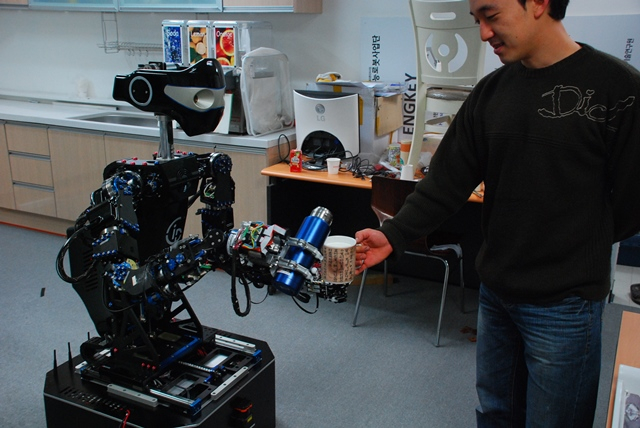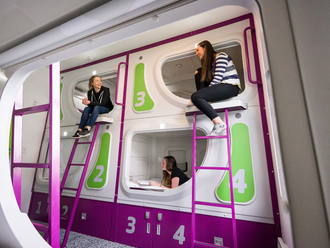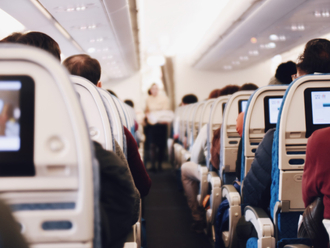In early June, 22 of the world’s smartest humanoids gathered in California, US, for the annual DARPA Robotics Challenge (DRC). The theme this year was a fallout of the Fukushima Daiichi disaster, and the robots were asked to complete eight recovery-related tasks in under an hour. The prize: $2 million.
Many of the contenders failed. Only three could complete all tasks. But the winner was not one of the usual suspects out of Japan, Germany or the US. It was South Korea’s Team KAIST. Its robot, the DRC-HUBO, had a unique trick up its robo-sleeve — the ability to walk backwards! It could also switch from a walking biped to a wheeled machine, minimising the risks of losing its balance.
Uniquely Korean
In their book The New Korea: An Inside Look at South Korea’s Economic Rise, Myung Oak Kim and Sam Jaffe observe intelligent robots was among the technology the government chose to support in its IT 839 programme of 2004. The Ministry of Knowledge Economy went even further with its vision of a robot in every home by 2020. “The motivation isn’t hard to figure out,” they write. “Korea’s population is ageing quickly and its workforce has gentrified to the point where it’s difficult to find Koreans willing to do society’s difficult, dangerous or dirty jobs.”
One response has been to allow migrant workers into the country. Another pushes for advanced robotics, since “robots can lift elderly citizens if they fall in their apartments, robots can change dirty diapers, robots can clean the streets”. The book further posits the love for robotics as “something uniquely Korean” — in contrast to other countries that might fear a future overrun by robots. It argues that technological innovation brought South Korea out of poverty and transformed it into an industrial powerhouse, therefore technology must be the answer to taking it to the next level.
South Korea’s manufacturing sector already leads the world in robo density — it has an estimated 396 robots per 10,000 workers, compared to Japan’s 332 and the US’ 141. Robots are also making forays into everything from the kitchen to a living body — the likes of CIROS can slice vegetables, pour drinks or wash dishes, while Chonnam National University’s bacteriabots target cancerous tumours.
According to a BusinessKorea report, the university’s plan is to “develop medical microrobots or nanorobots capable of diagnosing and treating a lot of hard-to-treat illnesses through the convergence of medicine and engineering”.
South Korean robots have even made it to the DMZ — the SGR-1 (Surveillance and Guard Robot) and can identify targets from 4km away, using optical and infrared sensors.
Last December, the government raised its 2015 budget for robotics to $145.8 million (Dh535.4 million), an increase of 8.3 per cent. The bulk of it will go to core technology R&D. See you at the park
As the Robotics Business Review reports, you know “a nation takes robotics very seriously when it goes so far as to develop a massive combination theme park and research centre dedicated to the technology”. Called Robot Land, the park is located 30km from Seoul and spans 387,505 square metres. It’s scheduled to open next year, at an estimated cost of $625 million.
Yoo Tae Jun, Vice-Chairman of the Korea Association of Robot Industry, has been quoted as saying that during 2009 to 2012 robot sales increased from $940 million to $2 billion, exports grew from $96 million to $590 million, and employment climbed from 5,068 to 10,515 workers. He further pegs Korean robot sales at $25 billion by 2022.
Thomas Frey, a renowned Google Futurist Speaker, writes that in just a few short decades, “this tiny country has gone from being dirt poor and technically primitive to one of the wealthiest and most technically advanced in the world”.









